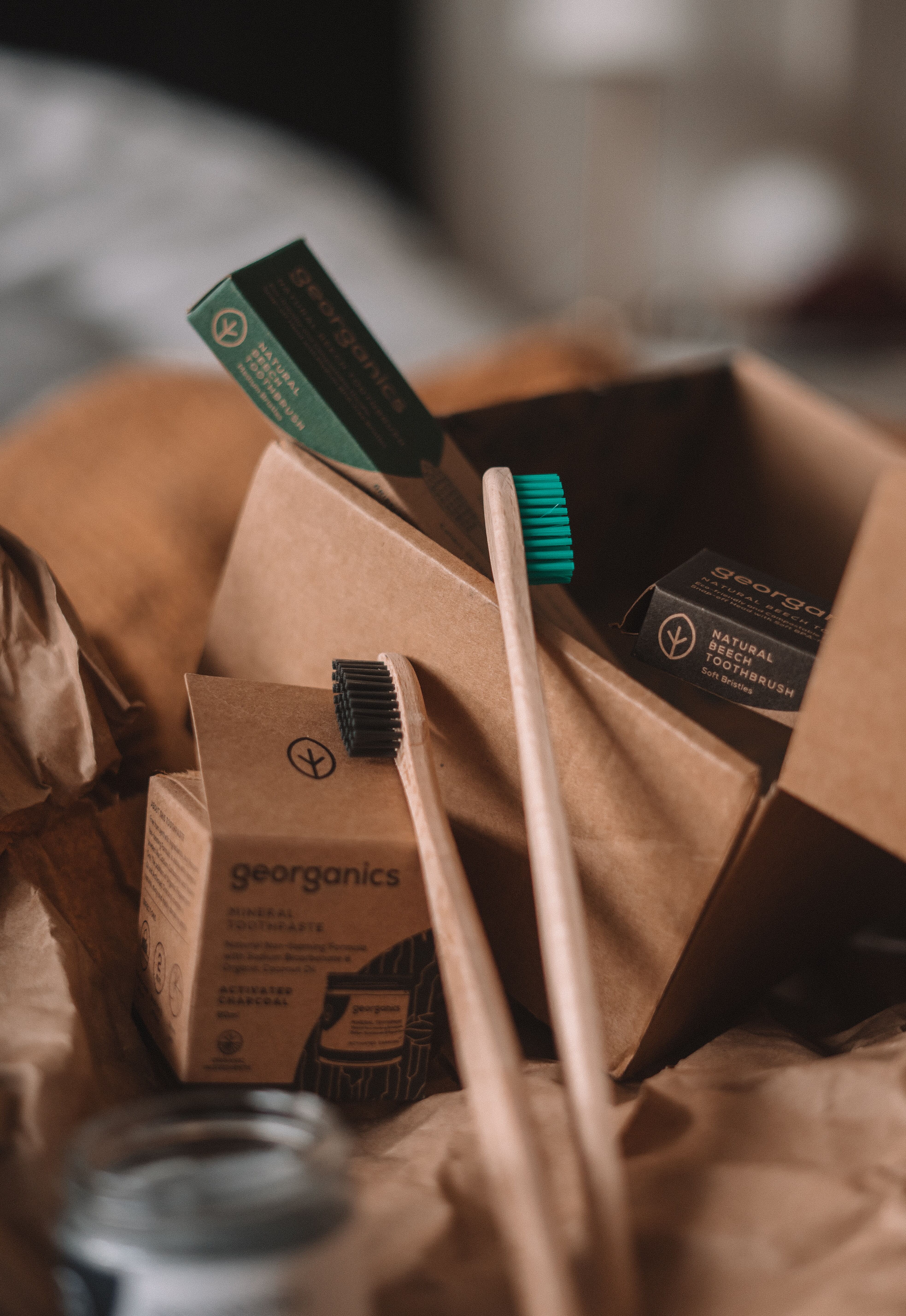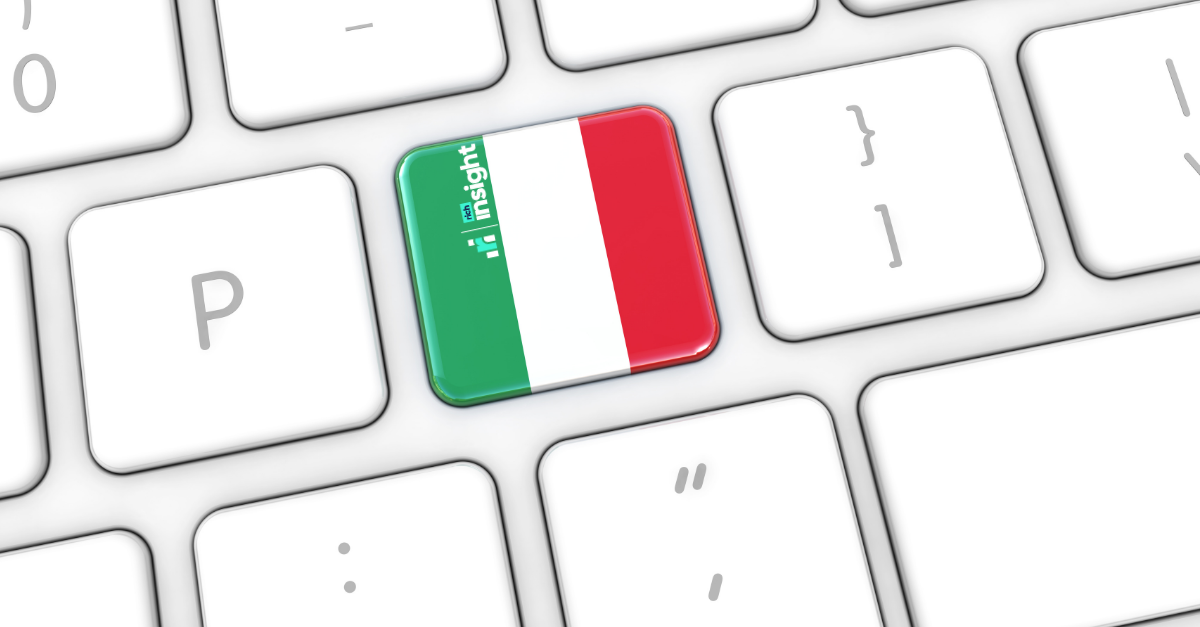‘Green’ is currently synonymous with health & beauty. Although not literally (sorry Kermit), the sustainability of health & beauty products is a top priority for beauty buyers with 64% saying it's very important when making beauty purchases.
From using more organic ingredients to providing greener distribution, here’s five ways brands can be more sustainable with their online sales.
I. Use eco-ingredients
Remember palm oil’s contribution to rainforest devastation? Your products' ingredients not only matter to the environment, but to the consumer too. Beauty consumers are becoming increasingly ingredient-conscious with 40% looking for natural ingredients when weighing up a purchase. This has a knock-on effect on sales with the likes of paraben-free beauty (growing 80% faster) and organic skincare (growing 8.72% pa to 2027) trending in the right direction.
Consumers don’t want to see a long list of chemical-sounding names on the back of their beauty products, so brands should use natural, plant-based and locally-sourced products where possible. For example, Estée Lauder announced in 2021 that all of its hair, body and makeup will be 100% vegan.
II. Green your distribution
You’ve made the products as eco-friendly as possible - now you need to get them to the consumer with minimal carbon footprint. First, the obvious: shorter supply chains are better for the environment, ships are better than planes, bicycle deliveries are better than petrol vans. But how do you put that into practice?
Deliveries can account for nearly a third of a city’s pollution, so partner with sustainable delivery methods and couriers that use electric vehicles and prioritise the environment over speed. For example, most major international shipping, such as Maersk, offer lower-carbon ‘eco-deliveries’, while last-mile deliveries such as Urb-it use cargo bikes to distribute in major cities.
III. Trust sustainable packaging
Consumers want sustainability on the inside and the outside, preferring health & beauty products that use recycled or natural packaging. From cardboard boxes and plastic bottles to glass jars and aluminium tins, recycled materials are now available for almost all types of beauty product packaging - brands just need to choose the right fit.
What’s more, tech developments have seen an increase in the use of packaging made from the likes of mushrooms, beeswax, bamboo and sugarcane. For instance, Knoll Packaging produces cartons made from bamboo and sugarcane pulp, which is used by Chanel. Meanwhile, some brands are going one step better by using no packaging at all: 65% of Lush’s products, for example, are unpackaged.
IV. Offer refillable containers
While used health & beauty products are not as easy to resell as used clothing (you’re less likely to buy half a pot of used skincare cream for obvious reasons), that doesn’t mean brands can’t increase the re-use of their packaging and waste products.
In particular, brands should consider refillable containers. Whether using glass, aluminium or even recycled plastic, refillable containers are not only better for the environment, but also ensure repeat custom from consumers. Many leading beauty companies such as Fenty Beauty and L’Occitane offer refilling in some way (i.e. either by postal subscription or in-store), while LeLabo offers customers a 20% discount on purchases if they return perfume bottles for refilling.
V. Make recycling easier
Not all health & beauty products are recyclable (it’s hard to re-use certain creams or oils), but all packaging should be. As different locations offer different recycling options, brands should minimise waste by removing all non-essential packaging and making it as easy as possible to recycle (i.e. don’t use loads of complex layers of different materials).
Brands can also provide instructions on the container showing how different parts of the products can be recycled or even use a QR code to an online recycling checklist. If you have physical stores, you should consider offering recycling services like L’Occitane, which has set a goal for all of its 1500 global stores to offer recycling.
Be transparent
Consumers are suspicious of green-washing, so make sure you’re open and honest about your eco credentials. Greening the language or colour scheme of online listings without backing it up will simply hurt your brand (and the planet) in the long run. For advice on improving your sustainability and optimising your listings, get in touch with hello@emanaged.co.uk.






Blog Comments